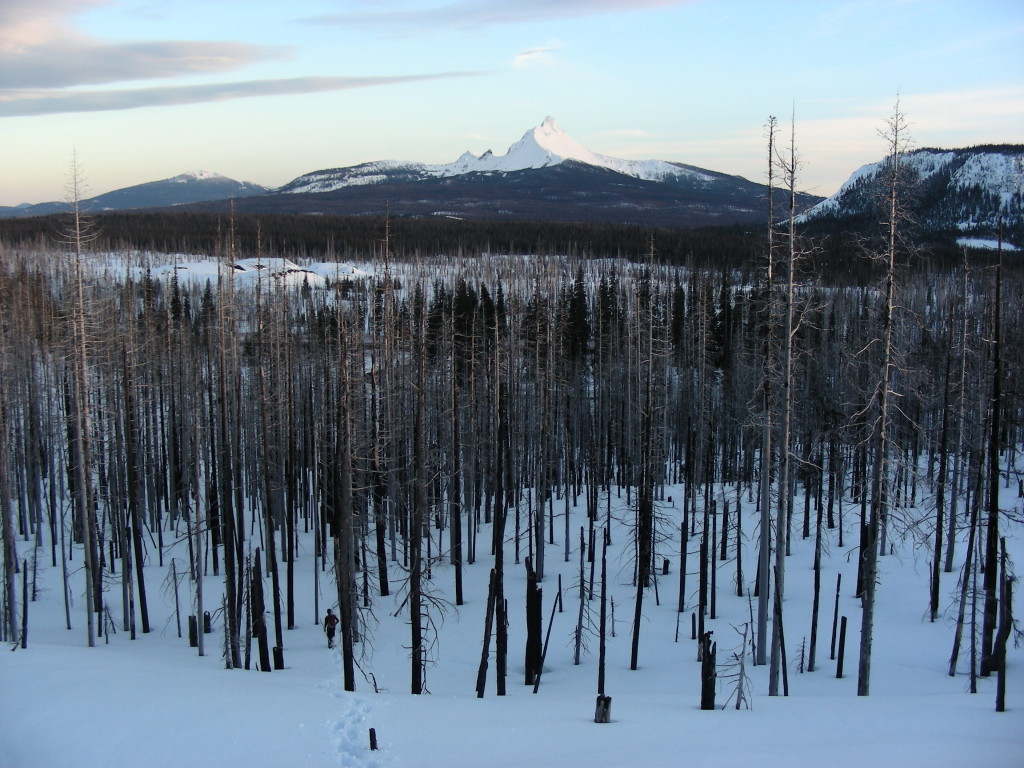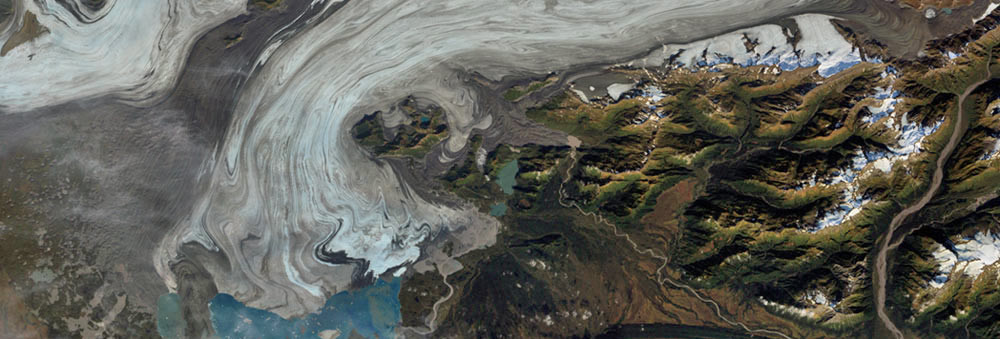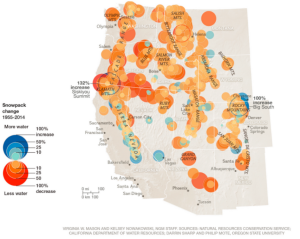Fire on Snow: Interactions of Ecosystem Disturbance and Mountain Hydroclimatology
_____________________________________________________
What happens when a high-severity forest fire occurs in seasonal snow zone?
Background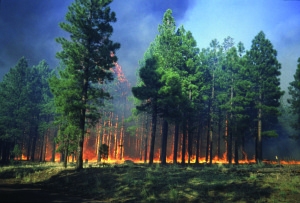
In the montane western United States, most annual precipitation falls as snow, yet rising temperatures have reduced snowpacks.
Key consequences of this have been increases in wildfire frequency, size, intensity, and duration across the western U.S.. Total burned area in the western U.S. is anticipated to increase as a result of climate change and fire suppression.
As part of my dissertation work, I studied effects of post-fire forest conditions on snow accumulation, albedo, and ablation in the Oregon Cascades, in order to understand how charred forests decrease snow albedo through debris deposition, and how when combined with increased solar radiation, this may lead to earlier snow disappearance.
Forest fire affects patterns of snow accumulation and ablation by reducing canopy interception, increasing light transmission, and modifying the surface energy balance. For three years following the Shadow Lake Fire (see below), I measured snow water equivalent, solar radiation, snow albedo, and snowpack surface debris at a pair of burned and unburned forest plots. From this research, I found that snow accumulation was greater in the burned forest; however, the snowpack disappeared 23 days earlier and had twice the ablation rate than in the unburned forest.
 Significant amounts of pyrogenic carbon particles and larger burned woody debris shed from standing charred trees accumulated on the snowpack and darkened its surface. Snow albedo was 40% lower in the burned forest during ablation, while approximately 60% more solar radiation reached the snow surface, driving a 200% increase in net shortwave radiation.
Significant amounts of pyrogenic carbon particles and larger burned woody debris shed from standing charred trees accumulated on the snowpack and darkened its surface. Snow albedo was 40% lower in the burned forest during ablation, while approximately 60% more solar radiation reached the snow surface, driving a 200% increase in net shortwave radiation.

Using spatial analysis I showed that across the Western US, 80% of all forest fires occurred in the seasonal snow zone, and were 4.4 times larger than fires outside the seasonal snow zone. Almost half (48%) of the forest fires in the seasonal snow zone occurred in the Columbia River Basin of the Pacific Northwest, which is an area with a vulnerable snowpack due to the warming climate.
Case Study: The Shadow Lake Fire

In late summer 2011, the Shadow Lake Fire burned 42km2 of High Cascades mixed conifer forest in Oregon’s Willamette and Deschutes National Forests. About 50% of the area burned with moderate-to-high burn severity, with near total loss of forest canopy.
The Shadow Lake Fire burned across the headwaters of the McKenzie River Basin, a major tributary to the Willamette River. At an elevation of 1750m, this area receives approximately 3000mm of precipitation a year, most of which falls as snow from November to April.
This location thus served as an ideal field laboratory for our paired study of snowpack dynamics and snow albedo in a severely burned forest plot and in an adjacent, unburned forest plot.
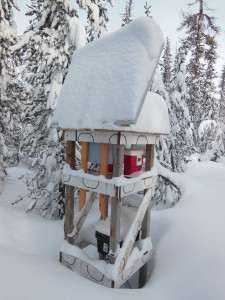
My research focused on:
- Measuring Postfire Snow Spectral Albedo and Net Radiation
- Snow Debris Concentration and Spectral Reflectance Characterization
- Snow Surveys and Forest Structure Measurements
- Geospatial Analysis
For a full breakdown of these research methods, please click here for my published paper.
For a detailed description of many of the data products I used in this analysis, please click here.
Research findings:
I determined that in the winters following forest fires the more open canopy allowed 60% more sunlight to reach the snowpack surface, while the sloughing of charred debris from standing dead trees darkened the snowpack surface and reduced the snow albedo by 40%. These two factors led to a 200% increase in the amount of sunlight absorbed by the snowpack surface, which resulted in faster snowmelt in the burned forest. As a consequence, snow disappearance occurred three weeks earlier in burned areas than in the adjacent unburned forest.
Publications
Gleason, K. E., J. R. McConnell, M. A. Arienzo, N. Chellman, and W. M. Calvin. 2019. Four-fold increase in forest-fire-related solar forcing on western U.S. snow since 1999, Nature Communications, 10 (1), 2026.
Popular press articles about my work
- “Wildfire burn zones depleting snowpack across West, which fuels more fires and snow loss, research shows,” by Benjamin Spillman, from Reno Gazette, May 8, 2019.
- “Burned but not forgotten: Decades after a fire, high-elevation forests still shape a climate.” by Agnieszka Gautier, from NASA’s EarthData, October 13, 2015.
- “Study: Charred Forests In Columbia Basin Headwaters Leads To Changed Snow Runoff Patterns,” The Columbia Basin Fish and Wildlife News Bulletin, Sept. 27, 2013.
- “New study finds charred forests increase snowmelt rate,” College of Earth, Ocean, Atmospheric Sciences, OSU, November, 2015.
- “Study: Past wildfire speeds snowmelt,” The LaGrande Observer, September 17, 2013.
- “OSU Study: Wildfire debris could cause early snowmelt,” Kat Wolcott, KVAL News, September, 18, 2013.
